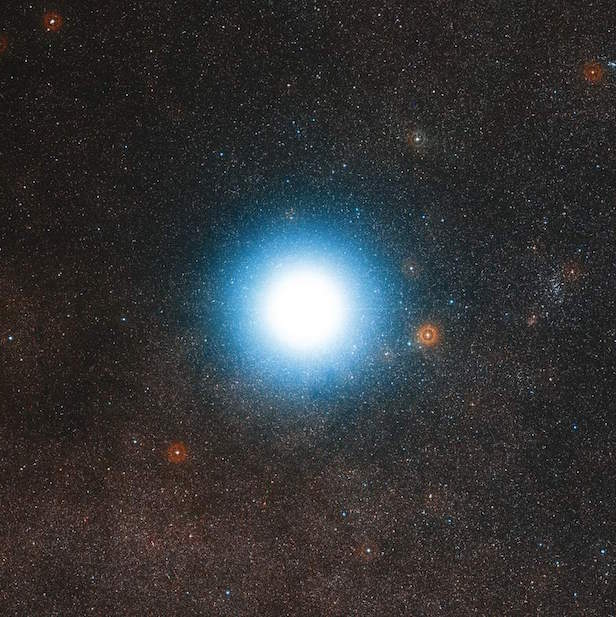Why do stars exist?
Stars are a fundamental part to our universe, but what purpose do they serve?

The stars in our universe formed from hydrogen and helium. Image credit: ESO/Digitised Sky Survey 2
Asked by Nigel Cavender
In the early history of the universe, there were no stars. Instead, it was filled with hydrogen and helium. As the cosmos expanded and cooled, the hydrogen and helium latched together and ‘snowballed’ into what we now know as stars. This still happens throughout the universe as clouds of dust and gas combine to create glowing gaseous balls of many sizes.
As for their purpose, stars are vital for life to exist. As we know, the Earth orbits the Sun at an ideal distance that caused life to thrive on its surface. The Sun’s rays allow plants, algae and cyanobacteria to photosynthesise and store energy while also releasing oxygen into the atmosphere. This process has helped to keep our planet at a comfortable temperature and the photosynthetic species have also provided sustenance either directly or indirectly for organisms further along in the food chain.
Keep up to date with the latest reviews in All About Space – available every month for just £4.99. Alternatively you can subscribe here for a fraction of the price!




